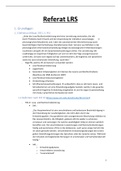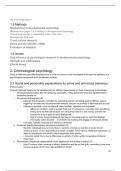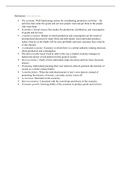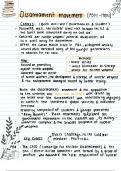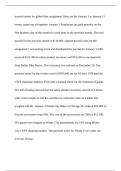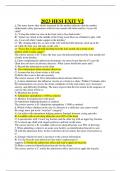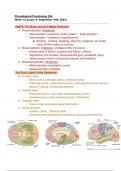Summary
Principles of Economy Summary All Chapters (plus exam examples)
- Course
- Institution
For the study international studies or other studies containing the course principles of economics, the summary includes all lecture slides, and an own complete summary of the book, whereas I put a lot of examples that is going to be on the exam!
[Show more]




